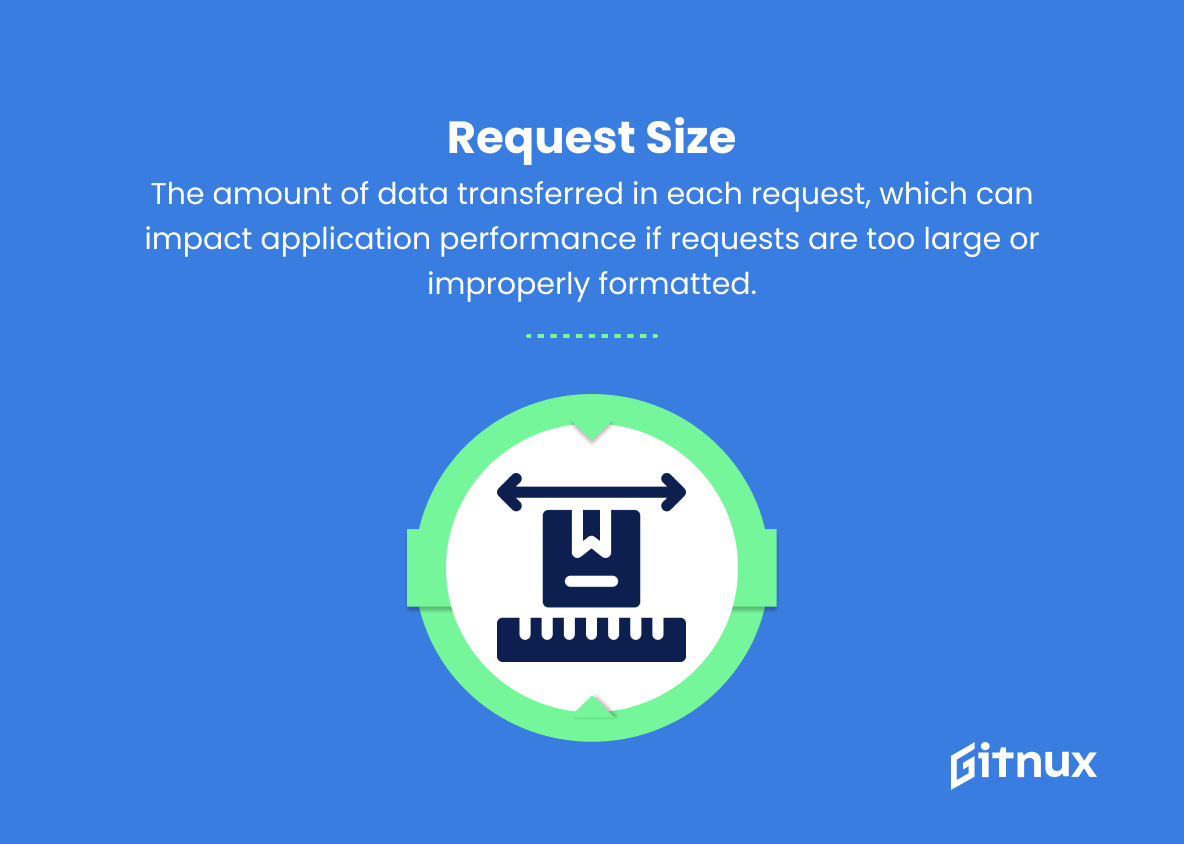In today’s fast-paced digital landscape, ensuring top-notch application performance has become increasingly crucial for businesses to thrive and stay competitive. With users demanding seamless experiences and lightning-fast response times, evaluating application performance metrics has become a staple in ensuring that these applications cater to both client and user expectations.
This blog post delves into the world of application performance metrics – what they are, why they matter, and how to effectively measure and optimize them to create a smooth, streamlined digital experience for all users. Join us as we unravel the key insights and tools that can help you keep a pulse on your applications’ health and support your business’s continued growth and success.
Application Performance Metrics You Should Know
1. Response time
The time taken for a system to complete a single transaction or request, typically measured in milliseconds.
2. Throughput
The number of transactions, requests, or operations processed by an application within a given period, typically measured in requests per second.
3. Error rate
The percentage of requests or transactions that result in an error, indicating issues within the application.
4. Apdex score
Application Performance Index; a standardized performance measure that provides an overview of end user satisfaction by comparing actual response times against a set threshold.
5. CPU usage
The percentage of available CPU resources consumed by an application, indicating how effectively the application is utilizing processing power.
6. Memory usage
The amount of physical memory consumed by an application, revealing potential memory leaks or inefficiencies in the code.
7. Disk usage
The amount of disk space used by an application for storing data, logging, and temporary files.
8. Network latency
The time delay experienced in transmitting data over the network, which can impact the performance of applications that rely on remote resources or APIs.
9. Database query latency
The time required to execute a database query and return the results, which can indicate issues with database performance, indexing, or query optimization.
10. Garbage collection
The time spent managing memory in languages with automated memory management, such as Java or .NET, which can impact application performance if not optimized.
11. Cache hit rate
The ratio of cache hits to cache misses, indicating the effectiveness of caching strategies in improving performance.
12. Request size
The amount of data transferred in each request, which can impact application performance if requests are too large or improperly formatted.
13. Concurrent users
The number of users accessing the application simultaneously, which can help determine the application’s capacity to handle the load.
14. Load time
The amount of time taken to load applications or individual components such as images, scripts, or style sheets.
15. Time to first byte (TTFB)
The time from the initial request until the first byte of data is received by the client, providing an indication of server-side performance.
16. Time to Interactive (TTI)
The time taken for a page to become fully interactive, giving an insight into how long users must wait before being able to interact with the application.
17. Page load time
The total time it takes for a web page to load completely, including all images, scripts, and other resources.
Application Performance Metrics Explained
Application performance metrics are essential in ensuring the smooth functioning and optimal user experience of any software system. Metrics such as response time, throughput, error rate, and Apdex score provide valuable insights into an application’s responsiveness, efficiency, and end-user satisfaction. Additionally, monitoring system resource usage like CPU, memory, and disk usage helps in identifying potential bottlenecks and optimizing application performance. Network latency, database query latency, and garbage collection metrics contribute to detecting external dependencies and infrastructure inefficiencies that may be impacting performance.
Cache hit rate, request size, and concurrent users provide a means to evaluate the efficacy of caching strategies, data management, and application scalability, respectively. Lastly, load time, TTFB, TTI, and page load time are vital in gauging user satisfaction by measuring how quickly an application becomes usable and fully functional. Collectively, these performance metrics are indispensable for developers and IT professionals in maintaining high-performing, reliable, and user-friendly applications.
Conclusion
In the ever-evolving landscape of application development and optimization, robust Application Performance Metrics are no longer a luxury, but a necessity. Staying ahead in the competitive market space requires consistent monitoring, evaluation, and optimization of an application’s performance to ensure smooth user experience and effective resource utilization.
By leveraging a strategic combination of key performance metrics and staying vigilant to potential issues, developers and businesses alike can foster a sustainable application ecosystem that continuously evolves to meet the changing user demands and preferences, ultimately leading to increased customer satisfaction, higher retention rates, and long-term business success.















